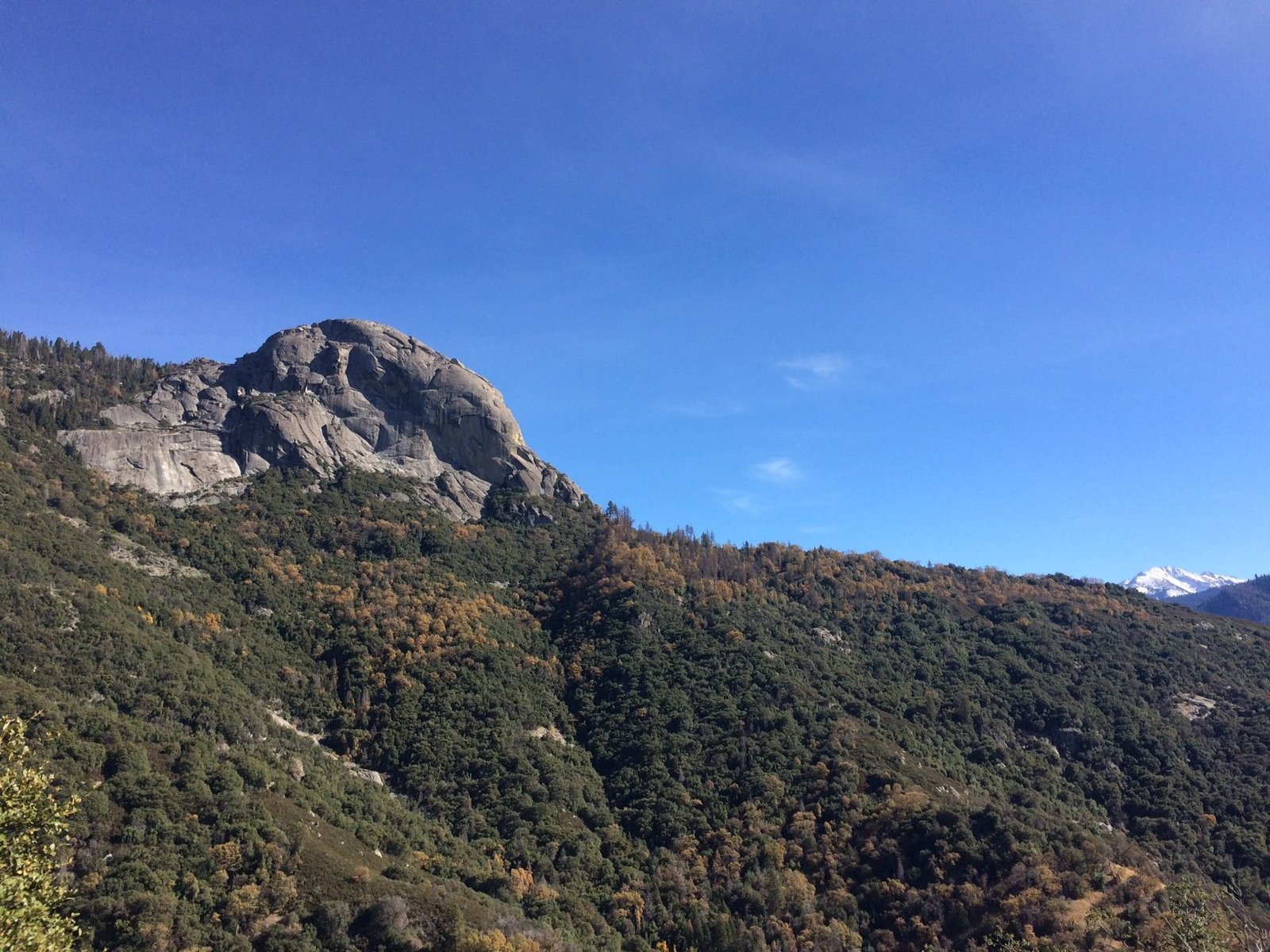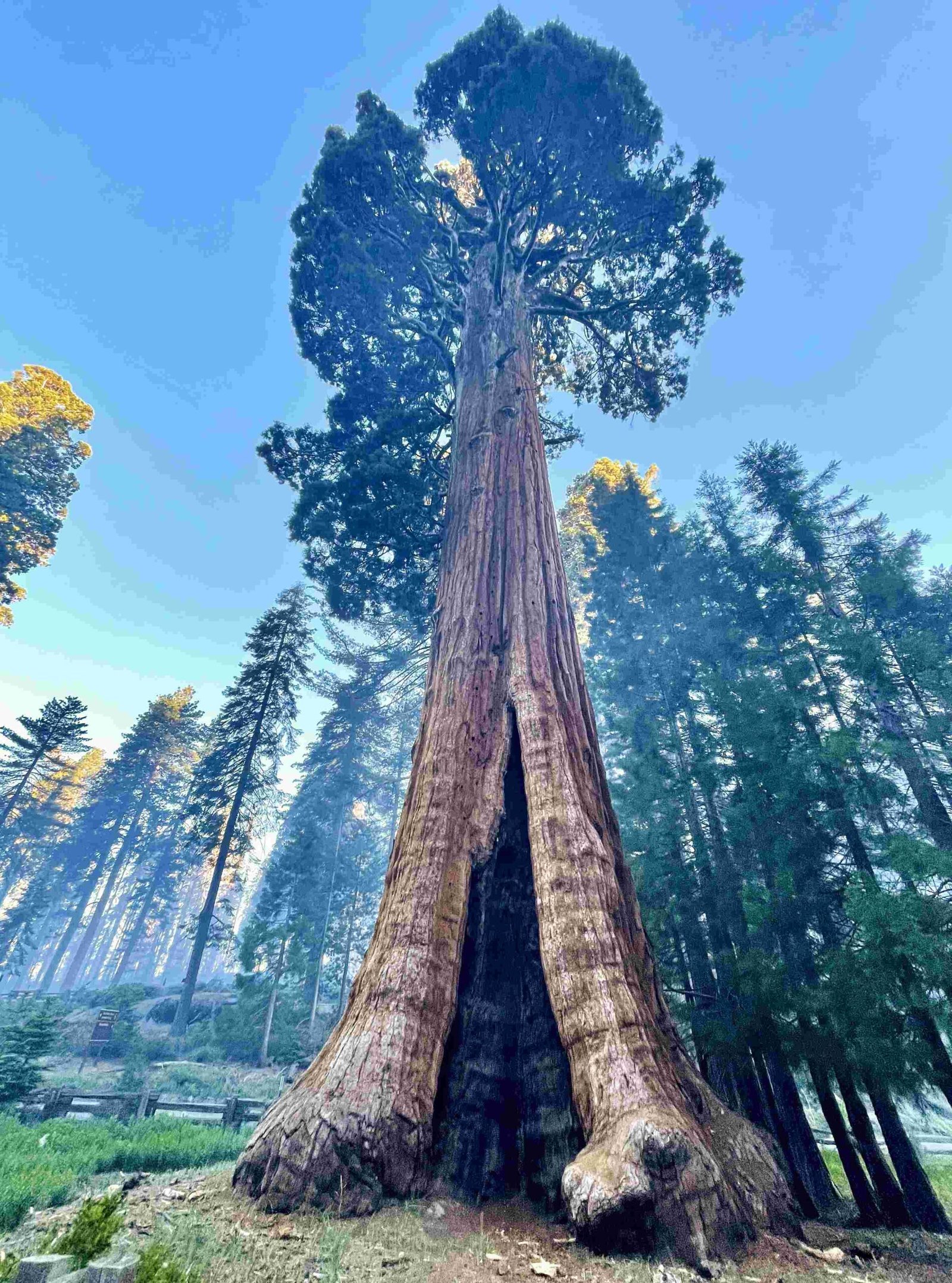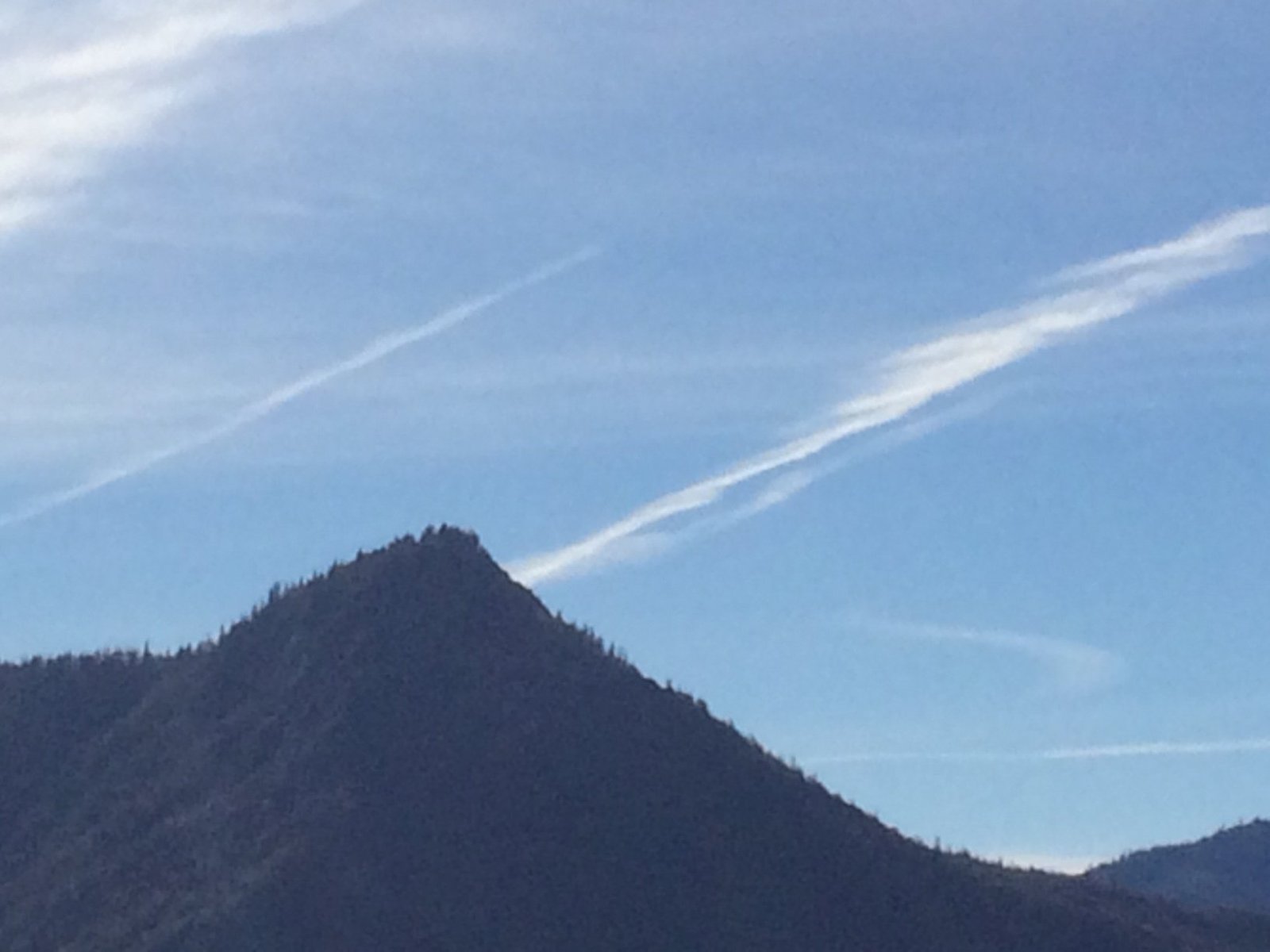Sequoia National Park faces significant environmental challenges, including air pollution, climate change impacts, and habitat degradation. These issues threaten the park’s iconic giant sequoias, diverse ecosystems, and overall biodiversity. Despite its protected status, the park is not immune to external pressures and changing environmental conditions, making it crucial to understand and address these concerns for the long-term preservation of this natural wonder.
What Are the Current Pollution Levels in Sequoia National Park?

Air Quality Concerns
Sequoia National Park, along with Kings Canyon National Park, is known to be one of the most polluted national parks in the United States. The air quality issues primarily stem from:
- Ozone pollution
- Particulate matter (PM2.5 and PM10)
- Nitrogen and sulfur compounds
As of November 29, 2024, the air quality at Ash Mountain in Sequoia National Park was classified as “Good” with the following measurements:
| Pollutant | Measurement |
|---|---|
| PM2.5 | 5 µg/m³ |
| PM10 | 13 µg/m³ |
| CO | 88 ppb |
| SO2 | 0 ppb |
| NO2 | 6 ppb |
| O3 | 8 ppb |
The current Air Quality Index (AQI) is 13, which falls within the “Good” category. However, it’s important to note that these levels can fluctuate, especially during summer months when pollution levels often exceed federal health standards.
What Causes Poor Air Quality in Sequoia National Park?
The park’s air quality is affected by various external factors:
- Agricultural activities in the nearby San Joaquin Valley
- Industrial emissions
- Urban pollution from nearby cities
- Vehicle emissions from park visitors and surrounding areas
These pollutants are carried by wind patterns into the park, contributing to the degradation of air quality and potentially impacting the health of both visitors and the park’s ecosystems.
How Does Water Quality Factor into Sequoia National Park’s Environmental Issues?

While specific real-time data on water quality is not readily available, the park’s water resources are indirectly affected by air pollution. Airborne pollutants, including nitrogen and sulfur compounds, are deposited in the park through:
- Precipitation (acid rain)
- Dry deposition via air currents
This deposition can lead to:
- Altered pH levels in water bodies
- Changes in aquatic ecosystems
- Impacts on species composition in lakes and streams
The high levels of nitrogen deposition, in particular, can have significant effects on aquatic communities, potentially altering the delicate balance of these ecosystems.
What Are the Major Climate Change Impacts on Sequoia National Park?
Climate change poses several significant threats to Sequoia National Park:
Temperature Changes
- Rising temperatures are altering the park’s environmental conditions
- High-elevation ecosystems are particularly vulnerable to these changes
Altered Precipitation Patterns
- Changes in rainfall and snowfall affect water availability
- Increased drought conditions stress vegetation, including the iconic sequoia trees
Sequoia Tree Health
Climate change impacts sequoia trees in several ways:
- Increased susceptibility to pests and diseases due to stress
- Higher risk of severe wildfires
- Potential shifts in suitable habitat ranges
Biodiversity Loss
- Changing conditions may lead to the loss of sensitive species
- Habitat disruption can alter species composition throughout the park
How Is Habitat Degradation Affecting Sequoia National Park?
Habitat degradation in Sequoia National Park is a complex issue with multiple contributing factors:
Areas Most Affected
- Forests: Impacted by air pollution and climate change
- Soils: Altered by nitrogen deposition and changing precipitation patterns
- Streams: Affected by changes in water quality and quantity
- High-elevation ecosystems: Particularly sensitive to pollution and climate shifts
Contributing Factors to Habitat Degradation
- Air pollution from external sources
- Climate change impacts (temperature and precipitation changes)
- Increased frequency and severity of wildfires
- Human activities within and around the park
Restoration Efforts and Their Effectiveness
To combat these environmental issues, several initiatives are underway:
- Advocacy for stronger Clean Air Act regulations
- Efforts to reduce visibility-impairing pollution
- Campaigns to close polluting coal plants near the park
- Local advocacy for stricter enforcement of air quality standards
While specific outcomes for Sequoia National Park are not detailed, broader efforts have shown promising results:
- Reduction of 1.4 million tons of visibility-impairing pollution
- Closure of over 150 park-polluting coal plants
These efforts demonstrate the potential for positive change, but ongoing work is needed to address the complex environmental issues facing Sequoia National Park.
What Invasive Species Threaten Sequoia National Park’s Ecosystems?
While specific data on invasive species in Sequoia National Park is limited, the threat of non-native species is a common concern in many national parks. Potential issues include:
Types of Invasive Species
- Non-native plants that outcompete native vegetation
- Introduced animals that disrupt local food chains
- Invasive insects or pathogens that harm native species
Areas at Risk
- Disturbed habitats near trails and visitor areas
- Waterways that can facilitate the spread of aquatic invasives
- Forest edges and clearings susceptible to invasive plant species
Management Strategies
To combat invasive species, park management may employ:
- Early detection and rapid response programs
- Biological control methods
- Public education initiatives to prevent the introduction of new invasives
- Targeted removal and habitat restoration efforts
Addressing invasive species is crucial for maintaining the park’s biodiversity and ecological integrity.
In conclusion, Sequoia National Park faces a range of environmental issues that threaten its unique ecosystems and iconic features. From air pollution and climate change to habitat degradation and potential invasive species, these challenges require ongoing attention, research, and conservation efforts. By understanding and addressing these issues, we can work towards preserving this natural treasure for future generations.

